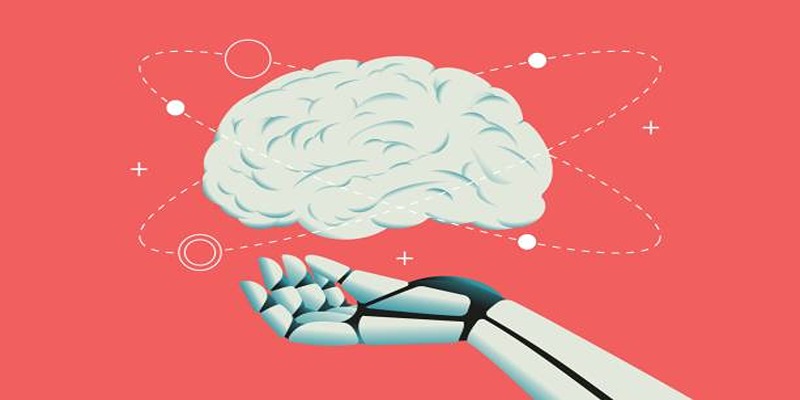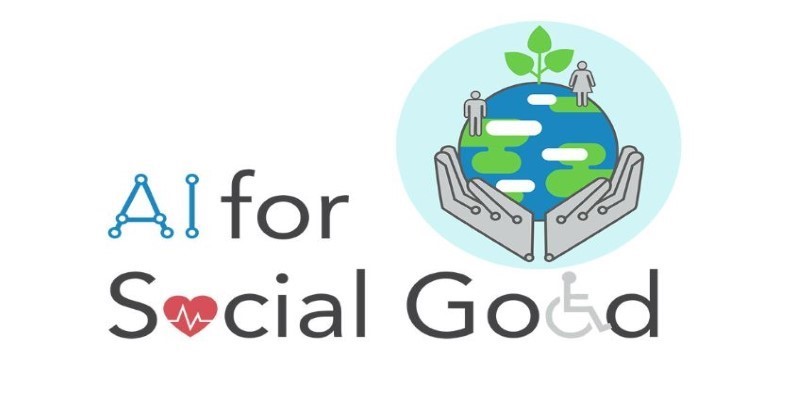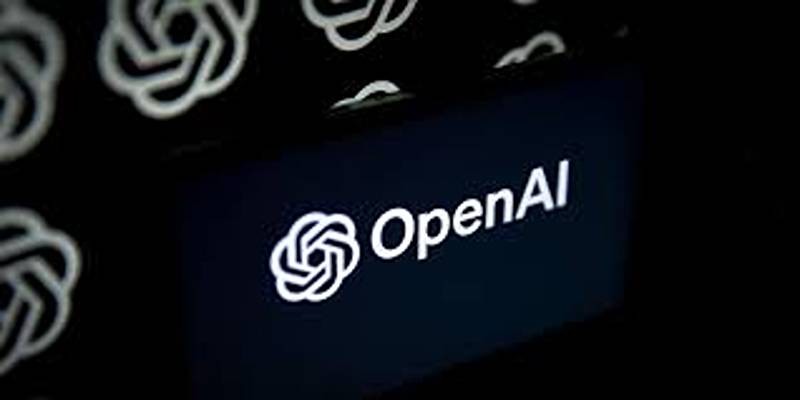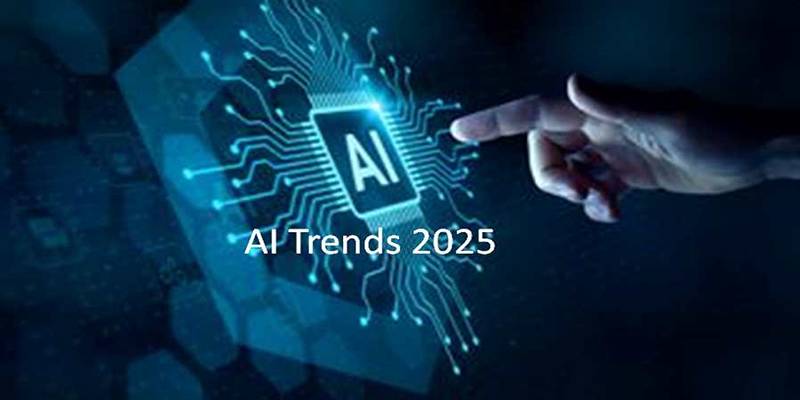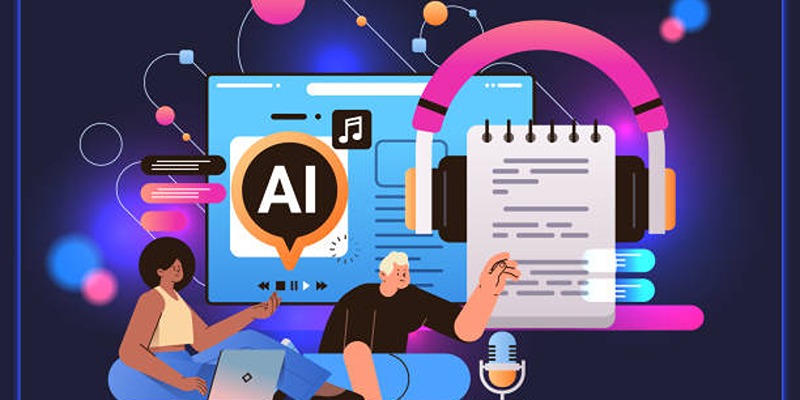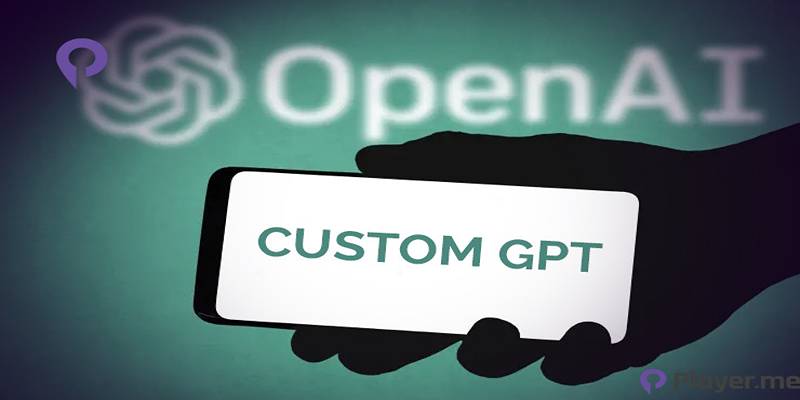OpenAI, a company widely recognized for its advanced artificial intelligence systems like ChatGPT, has made a significant shift in its structure—from a nonprofit to a for-profit organization. This change may appear contradictory to its original mission: to ensure that artificial general intelligence (AGI) benefits all of humanity.
However, this strategic shift was not about abandoning its core values but about sustaining its mission in a fast-evolving and highly competitive AI landscape. To truly understand this transformation, one must look at the reasons behind it, the nature of the new structure, and how OpenAI plans to stay committed to the greater good while also enabling growth.
Why OpenAI Started as a Nonprofit?
When OpenAI was founded in December 2015 by tech leaders including Elon Musk, Sam Altman, and others, it had a bold and idealistic mission—to build safe artificial intelligence and make sure its benefits were shared widely. At that time, the focus was purely on research and transparency, without the pressure of generating profits.
The nonprofit setup allowed the organization to pursue long-term safety in AI development, publish open research, and avoid the common commercial race focused on ownership and profit. OpenAI’s founding principles emphasized cooperation over competition, aiming to counterbalance the risks of AI being controlled by a handful of powerful entities. However, AI technology quickly began advancing at an extraordinary pace, and the demands of development started to outgrow the limits of a nonprofit structure.
The Challenge: Scaling AI Safely Requires Massive Resources
As OpenAI delved deeper into cutting-edge research, it became evident that building and training large models like GPT-3 and GPT-4 required immense computational resources, engineering talent, and funding—all of which came with a high price tag.
A few major challenges included:
- Soaring compute costs: Training advanced AI models often involves thousands of GPU hours and specialized hardware.
- Talent competition: The best AI researchers and engineers were being offered generous compensation packages from tech giants.
- Need for scale: To make AI widely available, OpenAI needed infrastructure, partnerships, and distribution channels.
It became clear that the nonprofit model was not sustainable if OpenAI wanted to stay at the forefront of AI development and compete with tech giants like Google and Meta. The organization needed a new model that could attract funding without completely abandoning its original mission.
The Solution: Becoming a Capped-Profit Company

In 2019, OpenAI introduced a new structure known as a “capped-profit” model, forming OpenAI LP (Limited Partnership). This model allowed the company to raise the capital it needed while maintaining a strong connection to its nonprofit roots.
What Is a Capped-Profit Model?
The capped-profit model is a unique blend of for-profit dynamics and nonprofit principles. Here’s how it works:
- Investors in OpenAI LP can receive a return on their investment, but only up to a fixed limit.
- The cap ensures that no one can make unlimited profit from the company’s work.
- Once the capped returns are met, any additional profits are redirected toward OpenAI’s mission to benefit all of humanity.
- The original nonprofit entity, OpenAI Inc., continues to oversee OpenAI LP and holds final authority over key decisions.
This model gave OpenAI the flexibility to raise billions of dollars while enforcing limits to prevent profit-driven decisions from overriding ethical considerations.
The Role of Microsoft and Other Investors
One of the most significant outcomes of the for-profit transition was a strategic partnership with Microsoft. In 2019 and again in 2023, Microsoft invested billions into OpenAI, becoming its primary commercial partner. This deal gave OpenAI access to Microsoft’s cloud computing platform, Azure, and enabled wider deployment of its models through Microsoft products like Word, Excel, and Azure AI services.
This partnership benefited both parties:
- OpenAI gained the infrastructure and funding it needed.
- Microsoft integrated advanced AI into its tools, enhancing their value for users.
Making Sure AI Growth Doesn’t Forget Its Purpose
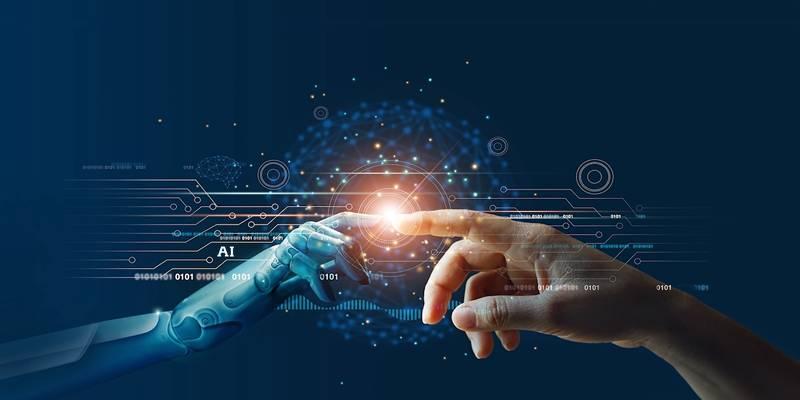
Although the shift to a for-profit structure could raise concerns about OpenAI's commitment to its original values, the organization has put safeguards in place to remain mission-driven.
Core Principles OpenAI Continues to Follow
- Ensure AI benefits all of humanity: OpenAI maintains that its work is not just about innovation, but also about sharing the benefits of AI broadly.
- Prioritize long-term safety: The company continues to invest heavily in AI alignment research and risk mitigation.
- Promote transparency: OpenAI still publishes research, shares updates, and engages with the broader AI community.
- Avoid harmful uses: With careful licensing, usage policies, and monitoring, OpenAI aims to prevent misuse of its models.
Even as a for-profit, OpenAI insists that its commitment to safety and ethical AI development remains unchanged.
Addressing the Concerns
Despite its stated intentions, OpenAI’s structural change has not been free of criticism. Some in the tech community and media have raised valid concerns.
Common Concerns Include:
- Loss of transparency: Critics worry that financial interests may reduce openness.
- Restricted access: There is fear that AI tools may become less affordable or limited to big companies.
- Shift in priorities: Some believe that profit motives may one day outweigh ethical ones.
However, OpenAI’s capped-profit structure and continued oversight by the nonprofit parent organization are intended to address these concerns while enabling sustainable growth.
Conclusion
OpenAI’s decision to become a for-profit company may appear, on the surface, to conflict with its original ideals. But in practice, this move is an adaptation—a way to ensure that its long-term mission can survive and thrive in a rapidly changing tech landscape. By embracing a capped-profit model, OpenAI seeks to blend the best of both worlds: the innovation and funding that come with private investment and the ethical oversight and purpose that define its mission.
In a time when artificial intelligence is becoming more powerful and more widespread, OpenAI’s approach may serve as a model for how companies can grow responsibly—while still aiming to benefit all of humanity.
